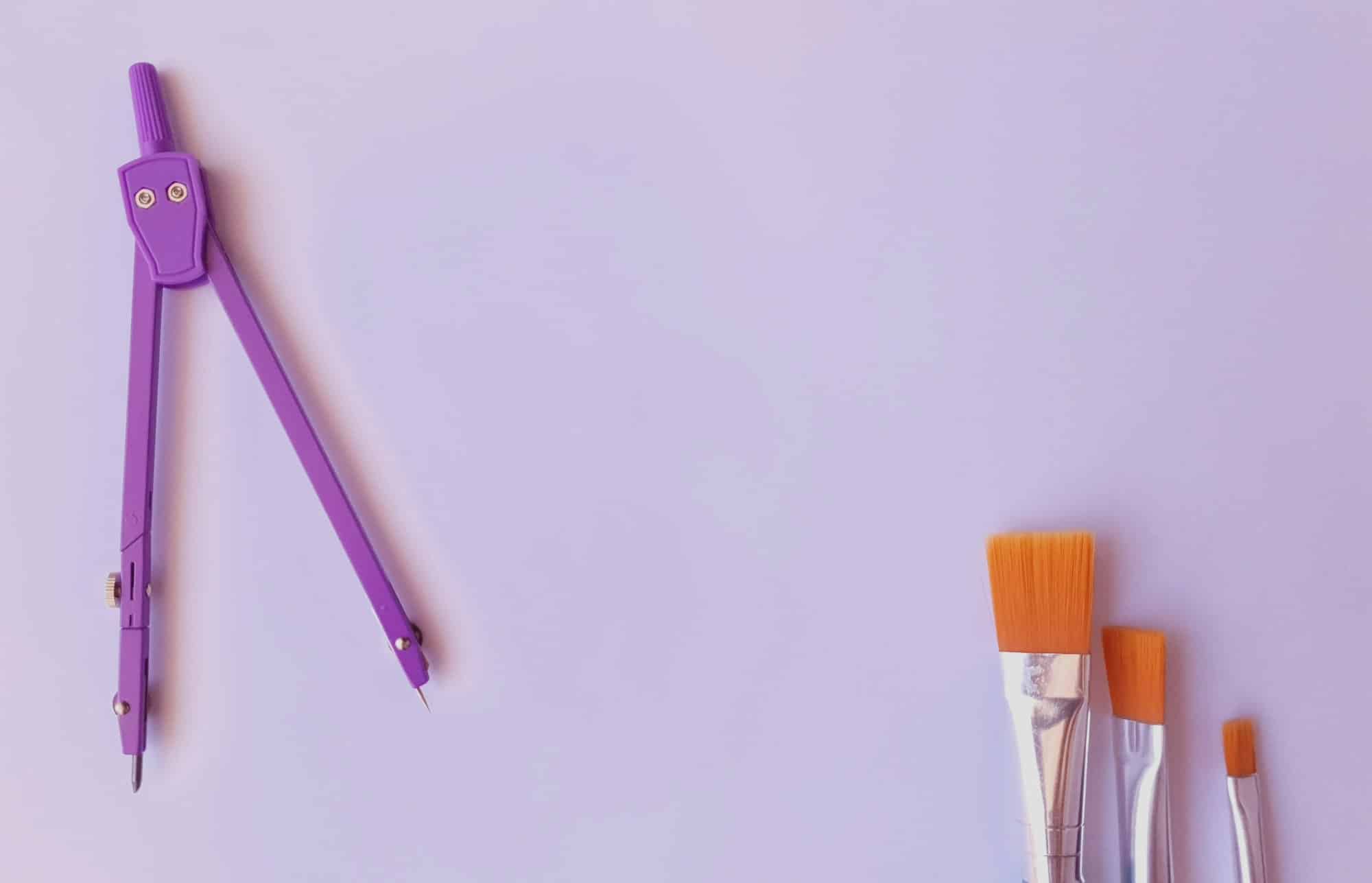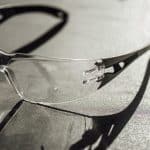In the world of car customization and performance enhancement, brake caliper paint is a simple yet effective way to enhance the look and performance of your vehicle. Not only does it add a striking visual effect to your wheel assembly, but it also provides a layer of protection against high operating temperatures, increasing the longevity of your brake system. This guide will walk you through the process of choosing the best brake caliper paint for your vehicle, focusing on aesthetics and heat resistance.
Understanding Brake Calipers and Their Role
Brake calipers play a crucial role within your car’s braking system. These components house the brake pads that create friction against the brake rotors, slowing down your car. Given their vital function, brake calipers are exposed to high temperatures, demanding a robust and heat-resistant paint that can withstand such conditions.
This might interest you : How Can Advanced GPS Vehicle Tracking Systems Enhance Security and Fleet Management?
Make sure to consider the color of the paint as well. Not only should it match your car’s overall color scheme, but it should also visibly contrast against the brake rotor and other components for a stylish look. Remember, the chosen color is more than just an aesthetic feature; it can indicate the brake caliper’s temperature. Bright colors tend to reflect heat, while darker tones absorb it.
Steps to Choose the Best Brake Caliper Paint
Choosing the right brake caliper paint is not a decision to take lightly. It involves several steps that you must carefully consider to ensure you’re making the best choice for your vehicle.
Also read : Can You Improve Your Vehicle’s Resale Value with Professional Engine Bay Detailing?
Assess Your Needs
Before starting your search, take a moment to assess your needs. Are you looking to improve the cosmetic appearance of your vehicle, or are you more interested in enhancing the performance of your brake system? Understanding what you want will help you narrow down your options.
Research and Compare
Once you’ve determined your needs, it’s time to start researching. Look for paints specifically designed for brake calipers. This type of paint should be formulated to withstand high temperatures and resist chipping or fading over time. Compare different brands and their features. Does the paint require a primer? How many coats will you need to apply?
Read Reviews
Customer reviews can provide valuable insights into the paint’s performance. Look for reviews from customers who have used the paint on brake calipers similar to yours. Pay attention to their comments about the application process, the durability of the paint, and how well it has held up to high temperatures.
High-Temperature Resistance: A Key Factor
When painting brake calipers, it’s important to keep in mind that these components can reach temperatures of up to 800 degrees Fahrenheit during hard braking. Therefore, you need a paint that can withstand such high temperatures without losing its color or integrity.
Heat-resistant brake caliper paints are usually formulated with ceramic, which helps them resist high temperatures. Look for paints that specify a high heat resistance in their product descriptions. Also, consider how the paint will react to temperature fluctuations. Some paints might not perform well in extremely cold temperatures, leading to cracking or flaking.
The Importance of Proper Application
Choosing the right paint is only half the job; applying it correctly is just as important. Improper application can lead to uneven coats, paint bubbles, and poor adhesion, which can, in turn, compromise the paint’s performance and longevity.
Before you begin painting, clean the brake calipers thoroughly using a brake cleaner. This step will remove any dirt, grease, or brake dust that might interfere with the paint’s adhesion.
Once the calipers are clean, apply the paint according to the manufacturer’s instructions. Some paints might require a primer, while others may need multiple coats. Allow sufficient drying time between coats to ensure the paint cures correctly.
While painting, keep in mind to work in a well-ventilated area and protect surrounding areas from overspray. Don’t rush the process; a well-executed paint job takes time and patience.
In conclusion, choosing the best brake caliper paint involves careful research, comparison, and understanding of your vehicle’s needs. With the right paint and proper application, you can enhance not only the aesthetic appeal of your vehicle but also the performance and longevity of your brake system.
Factors to Take into Account When Painting Brake Calipers
While considering the type of caliper paint and its application, you should also think about other factors that can affect the overall success of your brake caliper painting project. These can include the condition of your brake calipers, your vehicle’s compatibility with specific paints, and the environment in which you’ll be applying the paint.
Check the state of your brake calipers before starting. If they’re corroded or damaged, a fresh coat of paint won’t fix the underlying issue. It might be more prudent to replace worn-out calipers before tackling the painting process. A wire brush can be handy for removing rust and old paint from the calipers.
Consider your vehicle’s make and model. Certain types of caliper paint may be better suited to some vehicles than others. Consult your vehicle manufacturer’s guide or seek professional advice if you’re unsure.
The environment in which you paint the calipers can significantly impact the end result. A dust-free, well-ventilated area is ideal for caliper painting. The temperature of the workspace can also affect the drying and curing of the paint. Ensure the area is neither too hot nor too cold, as extreme temperatures can cause the paint to crack or not adhere correctly.
Lastly, a good brake cleaner is a must for prepping the calipers. It will help to remove any brake dust, oil, or grime that could hinder the paint’s adhesion to the caliper surface.
Powder Coating vs. Painting: A Comparison
Another option to consider is powder coating your calipers. This process involves applying a dry, powdered paint which is then heated to create a hard, durable finish. Powder coating provides a more robust and longer-lasting finish compared to traditional painting.
However, powder coating requires more prep work and specialized equipment. While you can apply caliper paint at home with readily available tools, powder coating typically needs a professional setup. Thus, from a cost and complexity perspective, painting your brake calipers might be a more accessible option, especially for DIY enthusiasts.
Despite the additional effort and cost, powder coating offers superior durability and resistance to high temperature, chemicals, and chipping. If longevity and performance are your primary concerns, powder coating could be worth considering.
Conclusion: A Mixture of Aesthetic Appeal and Performance
Choosing the best brake caliper paint for your vehicle is a blend of aesthetics, performance, and practical considerations. It’s not just about picking a color that complements your car’s style, but also about ensuring the paint can withstand the high-temperature conditions that your brake calipers endure.
Remember to consider the state of your brake calipers, your vehicle’s compatibility with specific paints, and the environment you will be working in. If you’re up for the challenge and desire a more durable and resilient finish, powder coating might be an option to explore.
In the end, the product you choose should serve two key purposes. Firstly, it should boost the overall look of your vehicle by adding a fresh, clean touch to your brake calipers. Secondly, it should contribute to the longevity and efficiency of your braking system by providing a protective layer that can resist high temperatures and harsh driving conditions.
By following these steps, you will be well on your way to selecting the ideal brake caliper paint to enhance both the aesthetics and the performance of your vehicle.











